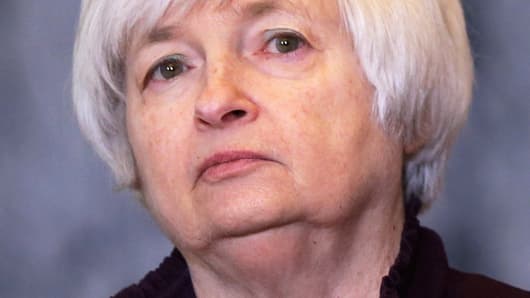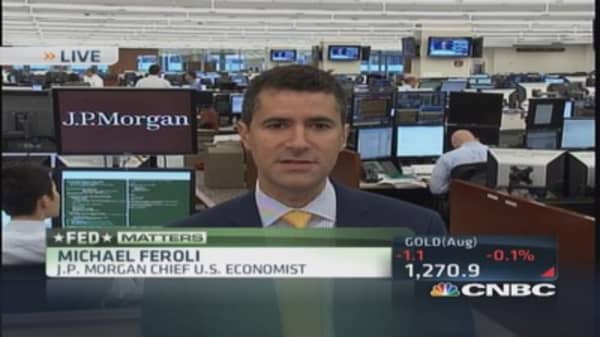Last Thursday, we learned that retail sales grew just 0.3 percent in May while sales excluding autos and gas were flat. If consumer spending represents 70 percent of the economy, how can these numbers be construed as anything but ugly? Despite trillions of dollars in fiscal and monetary stimulus over a period of five years, the large majority of Americans are still not feeling confident or able enough to open their wallets. Underemployment is rampant, and wage growth is anemic. It remains hard to paint any other picture than our consumer-centric economy remains stuck in low gear. In other words, we need more than just stock and housing-price increases for the one percenters to get the economy on a clear and sustainable growth path.
Read MoreCould this be the trade of the summer?
Importantly, the economy's failure to break out as many had hoped will likely result in a Federal Reserve that remains engaged in supporting asset prices. Having said that, as it stands today, it does not appear to me that the data have deteriorated enough to cause the Fed to stop or reverse the taper. However, I won't be surprised if and when it happens. The economy is simply not strong enough to support higher interest rates. And now we have a new wildcard being introduced into the equation: higher energy prices. Therefore, the evidence continues to suggest that there will be a ceiling on the pace of economic growth.
With regard to stock prices, it is clear that the Fed remains married to its strategy of boosting asset prices as a way to prime the economic pump. Even more troublesome to me, the Fed appears to have expanded its mandate so that it is now responsible for protecting the economy (and stock investors) from any given unforeseen shock. Therefore, the investor "complacency" that we've witnessed in recent years should not be construed as irrational. Instead, the Fed has conditioned investors to be complacent as it has repeatedly come to the rescue at any sign of trouble. This is clearly an unsustainable way to run a central bank.
Commentary by Michael K. Farr, president of Farr, Miller & Washington and a CNBC contributor.





